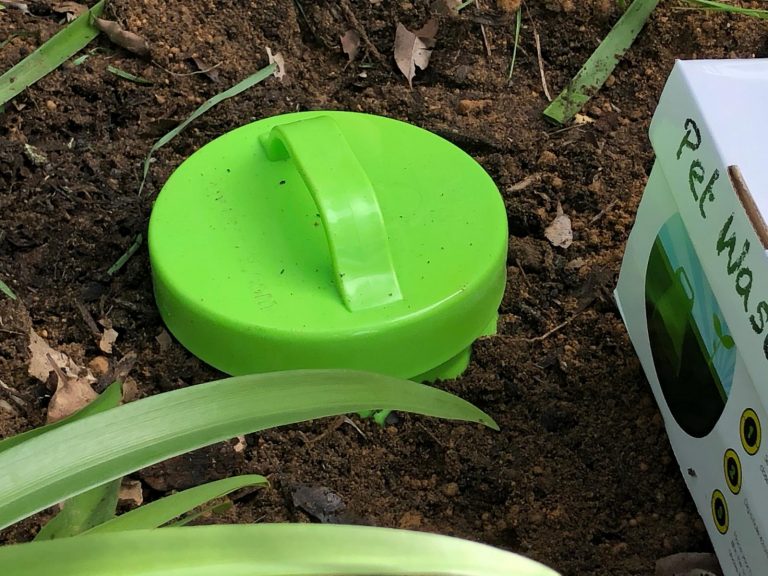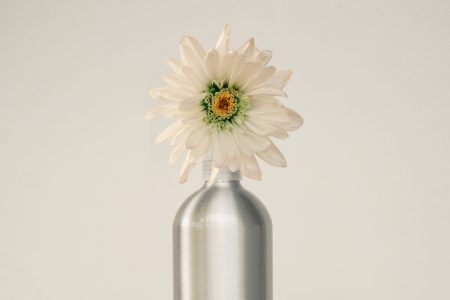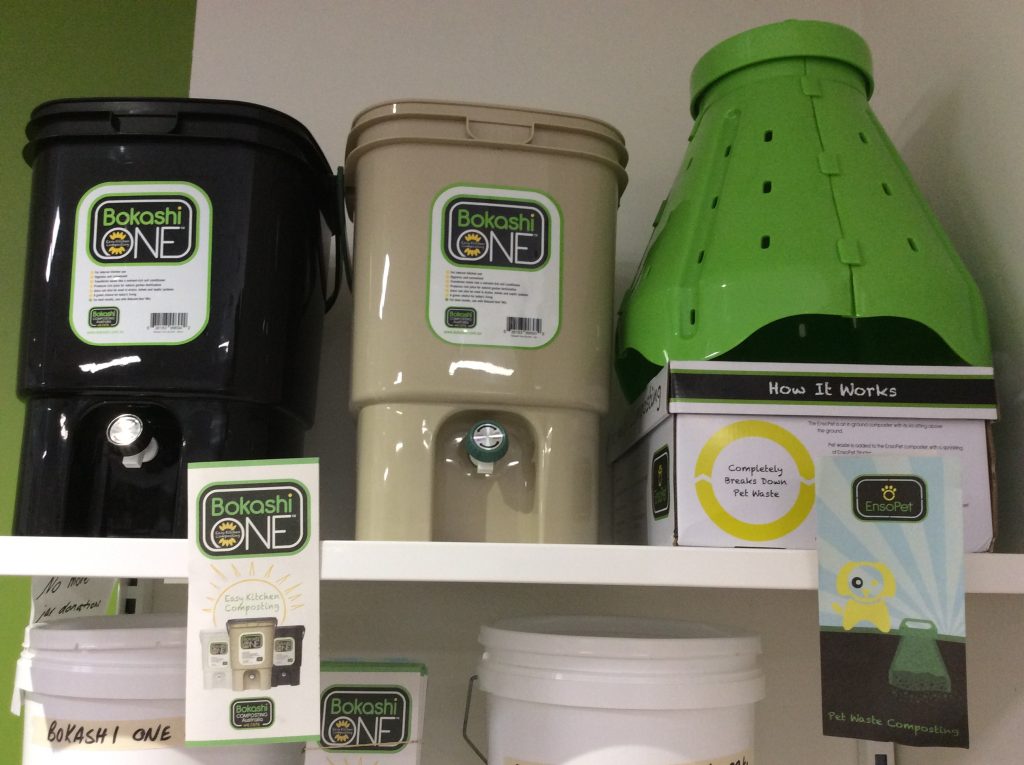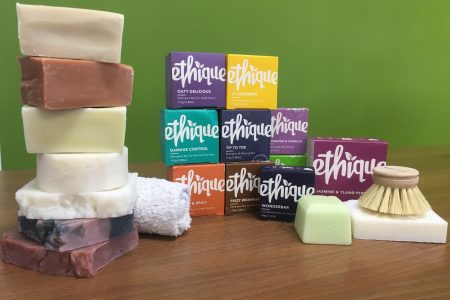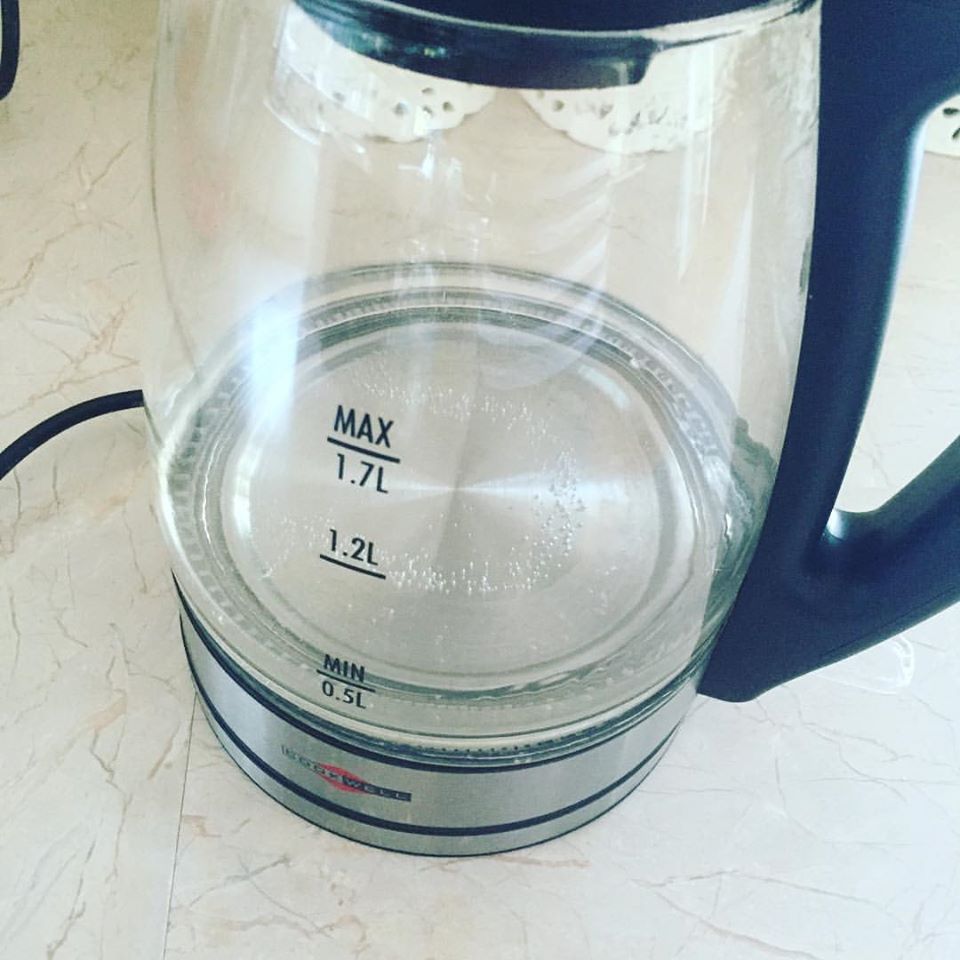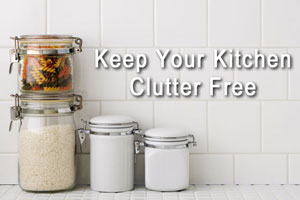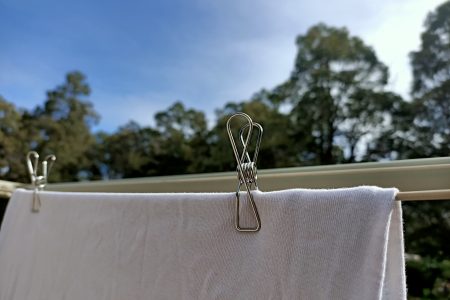
Using eco-friendly cleaning products isn’t the only way to be sustainable!
Great ways to lighten your load…
👚 Firstly, buy clothes made with natural fibres so that microplastics don’t end up in our oceans.
👖 Wash clothes less often (not your socks and jocks though!) I love anything that tells me to do less laundry 😆
🌿 Use eco-friendly cleaning products (like the ones we stock at Wasteless Pantry). If you refill your containers you get bonus eco points!
☀️ Opt for a clothesline for solar and wind-powered drying.
These tips will help you save money, get more wear out of your clothes, reduce your carbon footprint, and reduce microplastics in our oceans. Therefore, you’re winning!
Okay, so let’s circle back to those eco-friendly cleaning products.
Not everything that has organic, eco, environmental, or natural on the label is actually friendly to the planet. Do a little research and reading to find the best options you have available to you. It doesn’t have to be perfect, just the best you can access.
The zero-waste laundry options we have at WP include:
Refillable laundry liquids (top loader, front loader and wool wash/delicates options) – add 30ml to your wash for regular loads
Fabric softener – put 13 to 25 ml in your wash
Laundry powder and presoaker – 25g is used as laundry powder and a bit more (100g) as a stain remover/presoaker
Stain remover bars – the great all-rounder for rubbing on stains or for handwashing, especially when traveling, always apply to wet cloth
Organic Castile liquid soap – add 30-60 ml to your wash
These have all been locally made in WA, and are palm oil free, vegan, and greywater safe.
Soap nuts – add 4-6 half shells in a little bag or old sock to your wash (replace every 3-6 washes depending on how hard your water is and how heavily soiled your washing was to start with)
Once everything is clean, pop it out to dry on a clothesline or airer using wire pegs or bamboo pegs that will last for years!
Feel like you have the eco friendly laundry and cleaning sorted? How about checking out how to create a waste free bathroom next…

